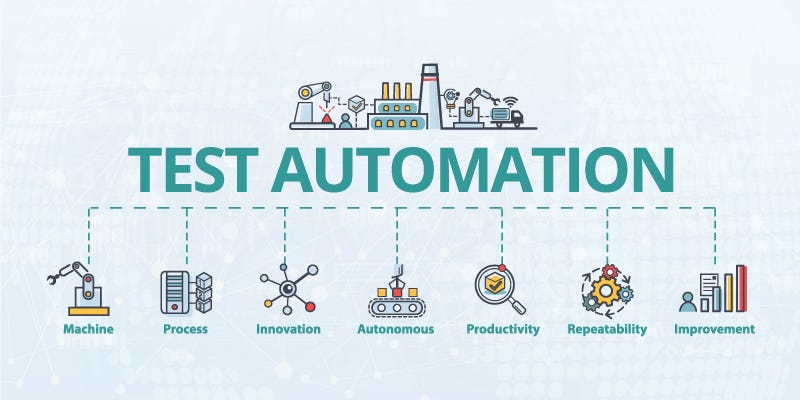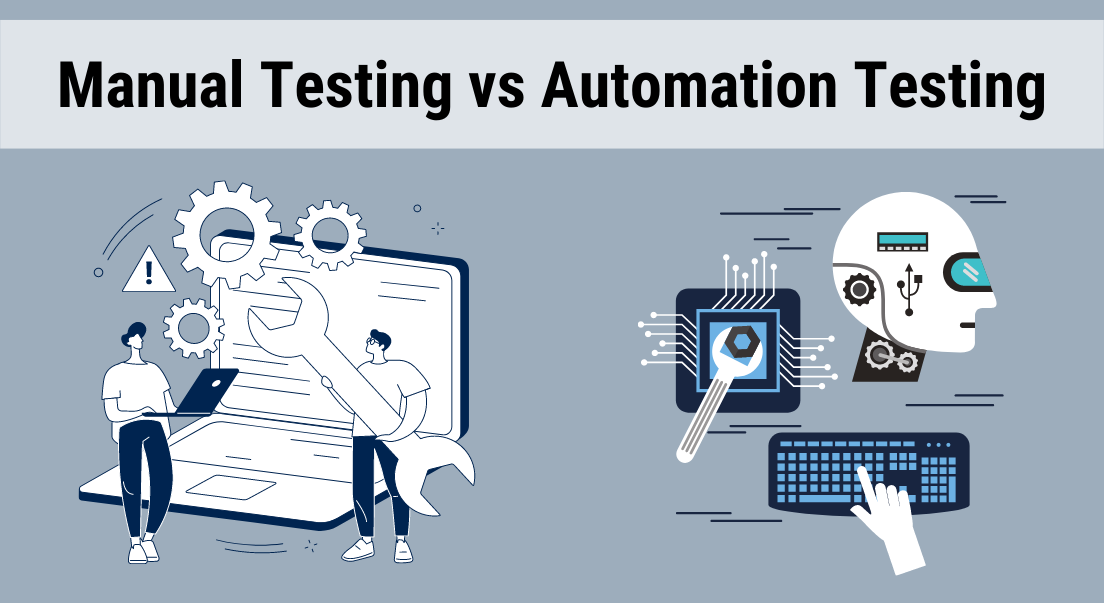Reliable Automation Testing: Enhancing Software Program Integrity and Rate
Reliable Automation Testing: Enhancing Software Program Integrity and Rate
Blog Article
From Handbook to Automated Testing: A Comprehensive Guide to Transitioning Efficiently and Successfully
In the world of software application testing, the change from manual to automated procedures has come to be a progressively vital shift for organizations looking for to enhance effectiveness and accuracy in their screening practices. The trip from manual to automated screening is not without its difficulties, but when come close to tactically and with a clear strategy in mind, the benefits can be significant.
Advantages of Automated Evaluating
Automated screening supplies various benefits, improving efficiency and precision in software advancement procedures. One main advantage is the significant decrease in testing time. Automated examinations can be run all at once on several tools and operating systems, drastically accelerating the screening phase compared to hand-operated testing. This enhanced effectiveness allows for faster comments on the top quality of the software, enabling designers to recognize and address concerns quickly.
Moreover, automated screening makes sure a greater degree of precision in finding flaws. Consistency in screening is likewise improved, as automated examinations carry out the exact same actions exactly each time they are run.
Selecting the Right Devices

Firstly, assess your purposes and needs. Recognize the range of your job, the innovations involved, and the capability of your group. This analysis will help you establish the abilities and features you require in your screening tools.
Secondly, consider the compatibility of the devices with your existing systems and procedures. Smooth assimilation with your present software application development lifecycle is necessary to make certain a smooth transition to automation.
In addition, examine the scalability and versatility of the devices. As your screening needs advance, the tools should have the ability to adapt and suit modifications efficiently.
Last but not least, aspect in the support and area around the tools. When implementing automated screening, durable support and an energetic user area can offer useful resources and help. By carefully taking into consideration these aspects, you can choose the right devices that line up with your needs and set the stage for an effective transition to automated screening.
Writing Efficient Examination Manuscripts

When crafting test manuscripts, it is important to take into consideration the particular requirements of the software application being tested and make sure that the scripts deal with all essential capabilities. Clear and descriptive naming conventions for examination manuscripts and test cases can enhance readability and maintainability. Additionally, integrating mistake handling devices within the test manuscripts can aid in recognizing and dealing with issues promptly.
Additionally, arranging examination scripts right into modular elements can enhance reusability and scalability, reducing redundancy and improving performance in test script upkeep. Normal reviews and updates to evaluate scripts are critical to keep speed with progressing software program requirements and performances. By complying with these concepts, testers can develop effective and robust test scripts that contribute dramatically to the success of automated screening procedures.
Integrating Automation Into Workflows
By perfectly incorporating automated testing devices like Selenium or Appium into the software program advancement lifecycle, groups can accomplish faster responses on code modifications, leading to quicker bug detection and resolution. This integration enables for continuous screening throughout the development procedure, guaranteeing that any kind of issues are recognized early on, resulting in higher software program quality. Appropriate assimilation of automation tools calls for partnership in between development, screening, and operations groups to develop a unified process that maximizes efficiency and read this article efficiency in supplying premium software program products.
Making Sure a Smooth Transition
Effectively transitioning to automated screening entails precise preparation and mindful execution to make the most of and reduce interruptions performance in the software program development process - automation testing. To pop over here guarantee a smooth shift, it is important to start by conducting a detailed assessment of the present testing processes and determining locations where automation can bring one of the most substantial advantages. Involving with all stakeholders early on at the same time, including designers, testers, and job managers, is important for gathering support and buy-in for the automation initiative
Communication is crucial throughout this transition stage. Clear interaction of the objectives, advantages, and expectations of automated testing helps to manage any kind of resistance or issues that might emerge. In addition, offering adequate training and resources for team participants to upskill in automation devices and methods is crucial for guaranteeing a successful change.

Conclusion
To conclude, transitioning from handbook to automated screening uses countless advantages, consisting of increased efficiency and reliability. By selecting the suitable tools, writing effective test scripts, and integrating automation seamlessly into workflows, organizations can ensure a smooth and successful change. It is vital to embrace automation as a valuable property in software program screening procedures to enhance overall quality and productivity.
In the world of software program screening, the shift from manual to automated processes has actually come this post to be a progressively important transition for organizations looking for to improve effectiveness and accuracy in their screening methods. Automated tests can be run simultaneously on numerous tools and operating systems, significantly speeding up the testing stage compared to manual screening. Consistency in screening is additionally enhanced, as automated tests implement the exact same steps specifically each time they are run.To make sure the successful execution of selected screening tools, the creation of efficient examination scripts plays a critical function in validating the capability and performance of automated procedures - automation testing. By complying with these concepts, testers can produce reliable and robust examination scripts that add substantially to the success of automated testing procedures
Report this page